-
Jonathan Legge
Project Curator and Creative Director
Makers & BrothersThe term souvenir may have an unfortunate veil of commercialisation drawn over it due to mass tourism but at its root, it is literally about memory and recollection. A souvenir is so much more than useful or beautiful; it is a loved object laced with emotional associations. This collection of new Irish souvenirs carefully explores this thinking, filtering it through the local context, embracing the subtleties of the land, weather, histories and people.It is a gathering of objects with meaning and depth that softly speak of a time and place.
-
Alex Milton
Programme Director
Irish Design 2015 -
-
1
Rainbow Plate-
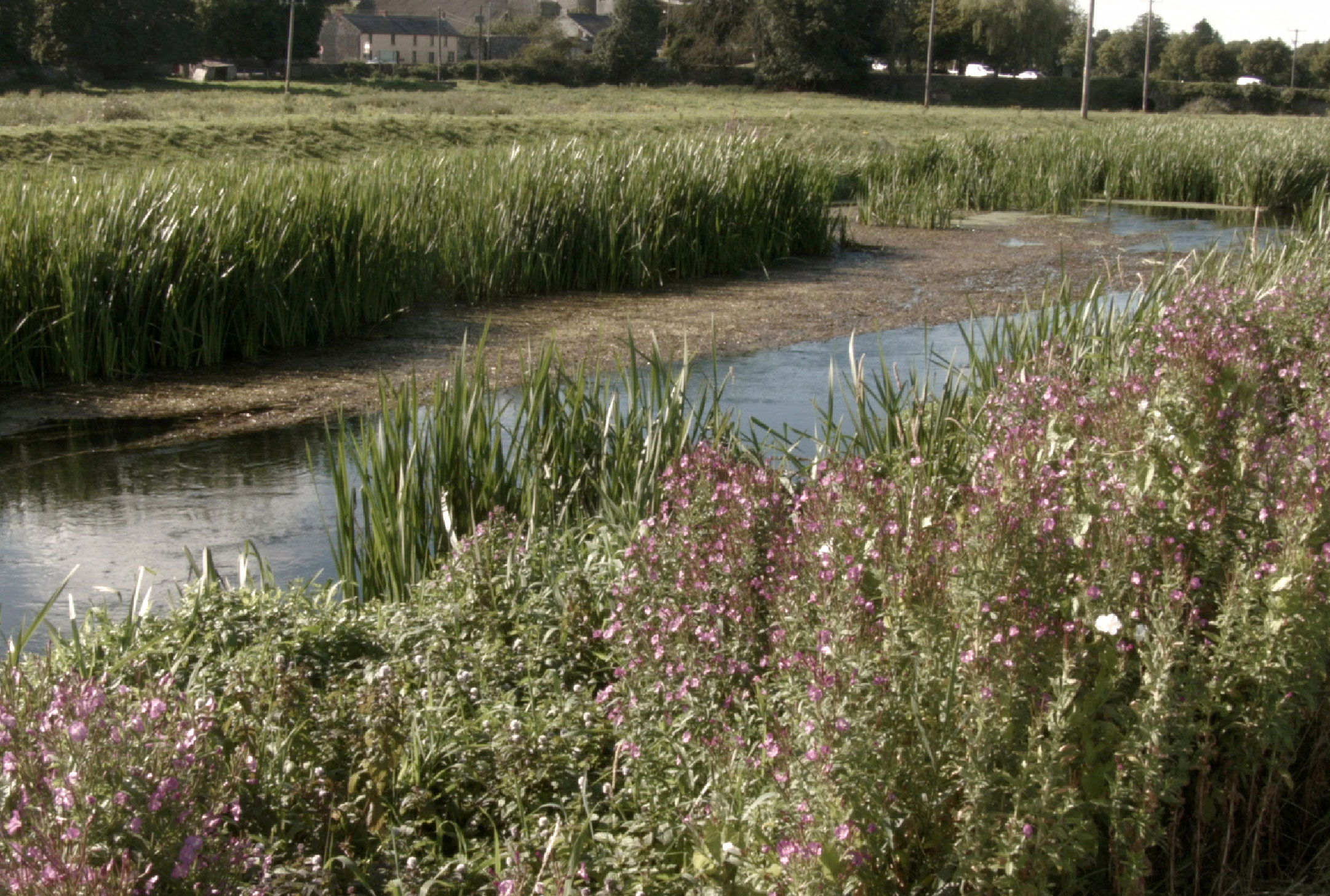
-
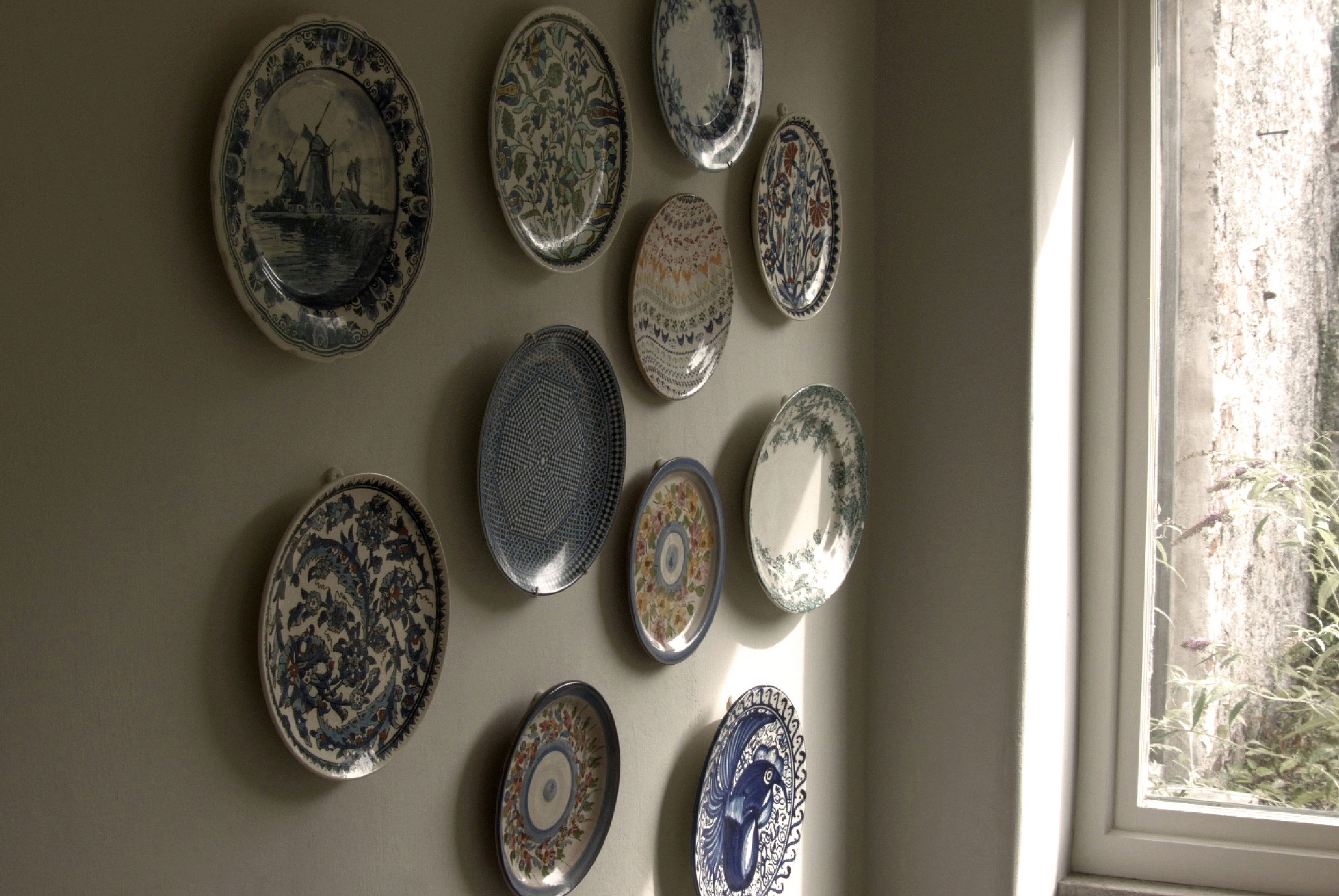
-
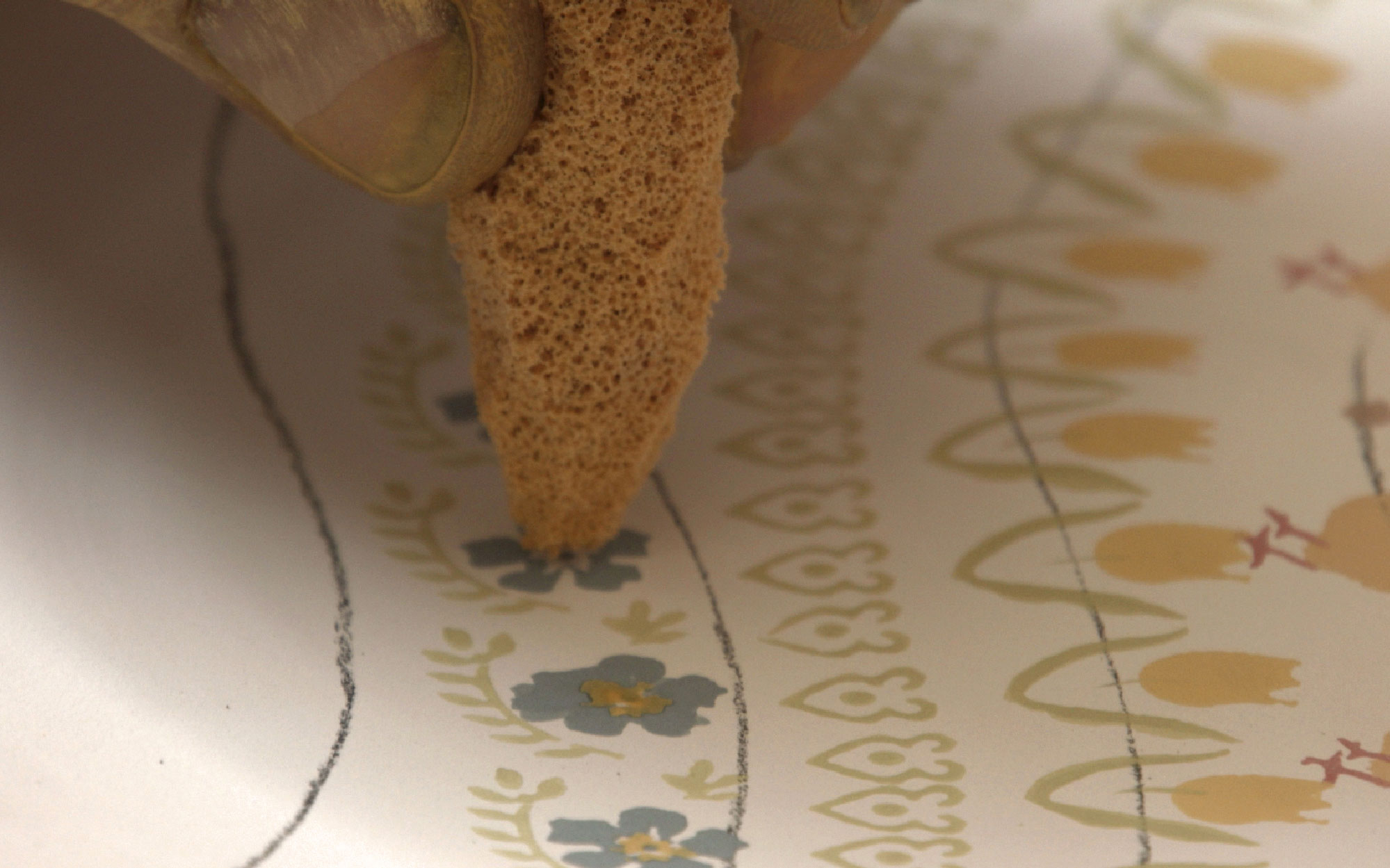
-
Designed by Johnny Kelly
Made by Nicholas Mosse PotteryThis plate is the result of a collaboration between Nicholas Mosse Pottery and animator Johnny Kelly, commemorating the legalisation of same-sex marriage in Ireland on the 22nd of May 2015.
Inspired by the pottery’s extensive back catalogue of designs and colour, the resulting rainbow pattern is reconstructed entirely from this archive of motifs, including elements dating back to the 1970s when Nicholas Mosse Pottery was established.
This souvenir is a small celebration for a big moment in Ireland’s history, a gently waving flag for equality.
-
-
2
The Honey Pot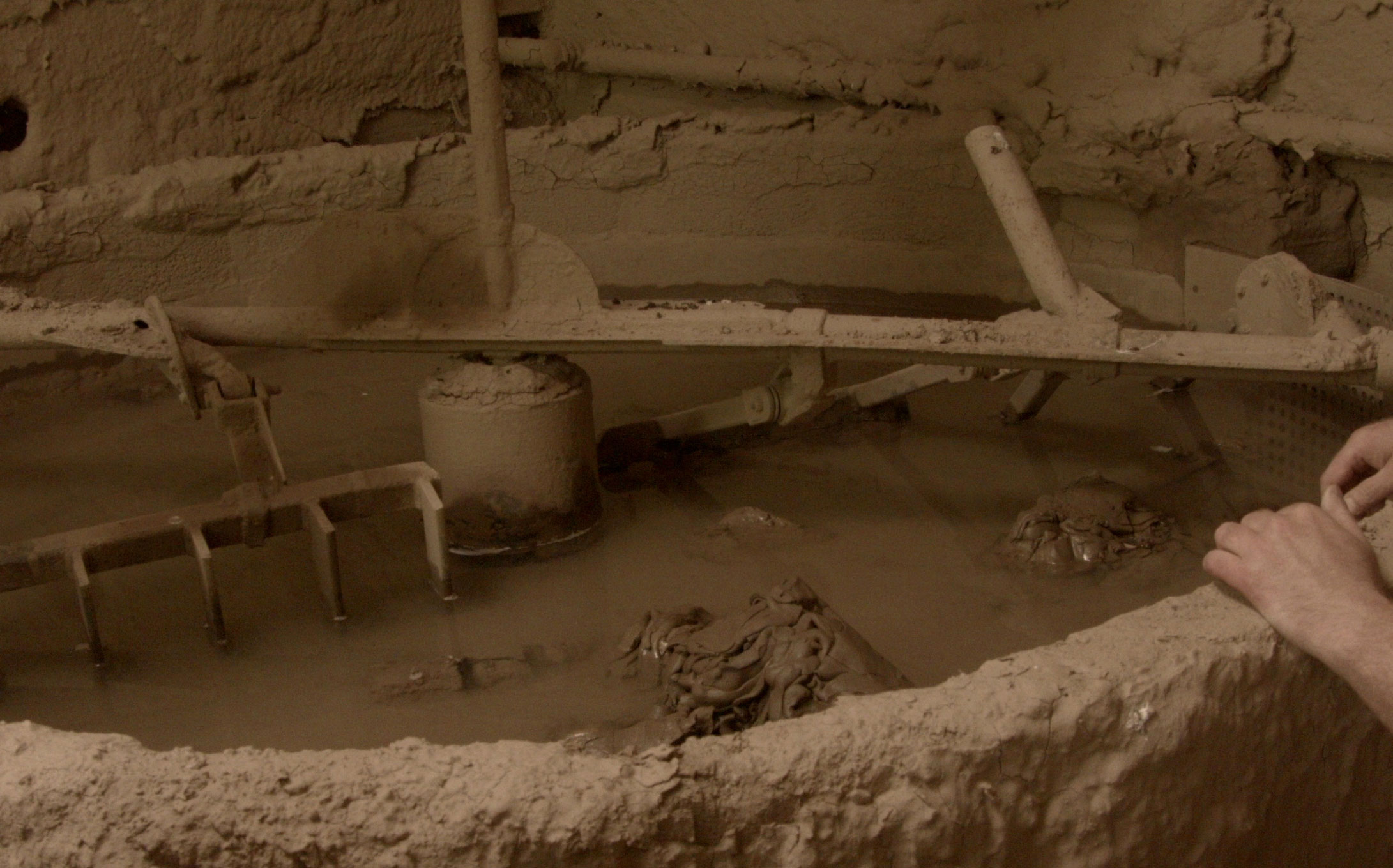
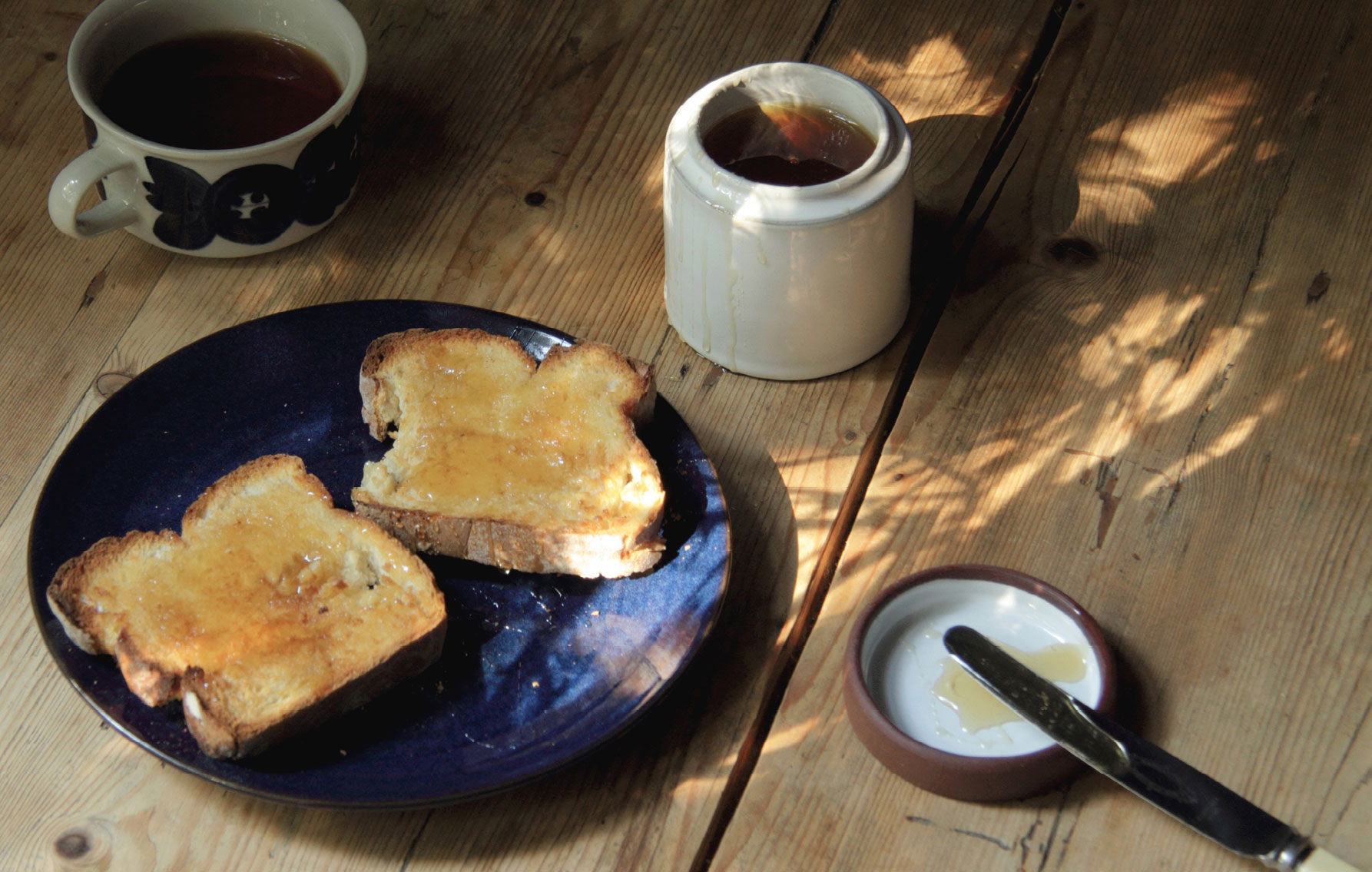
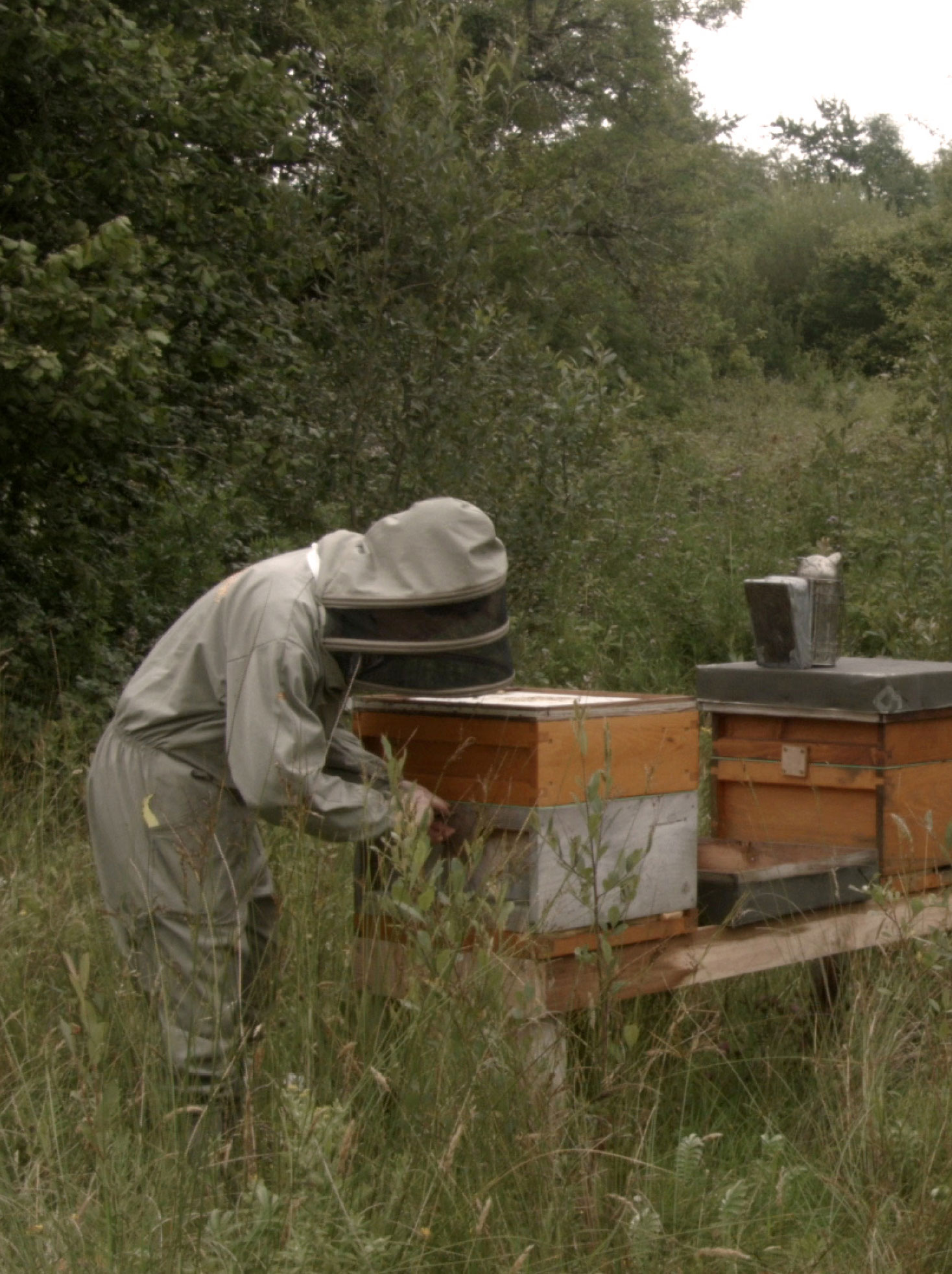
-
Designed and made by Stephen Pearce Pottery
Honey produced by Coolmore Bees
Packaging by Post Studio
Direction by Makers & BrothersOne field, the source of both the clay for the pot and the raw honey that it holds.
Good food is very much related to the land and as such to memory of place. This honey pot is about one very specific place - a field in East Cork. The pot contains raw honey created on the banks of the Blackwater.
Clay was sourced next to the hives. That same clay was formed and fired a few miles down the road from this field and the raw honey sealed inside with the wax created in the production of that same honey. A vessel containing all one field in Cork has to offer.
-
3
Naming Rain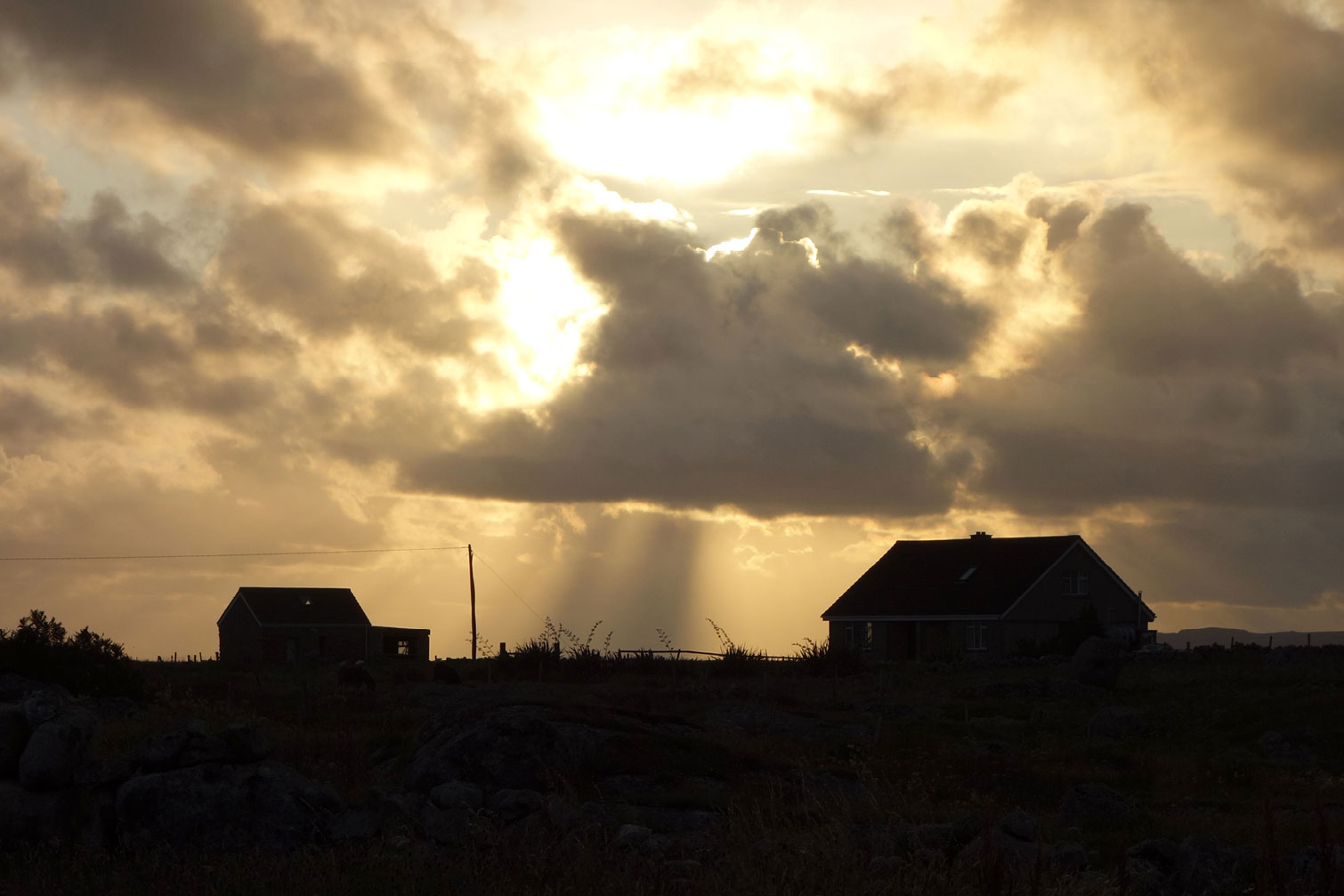
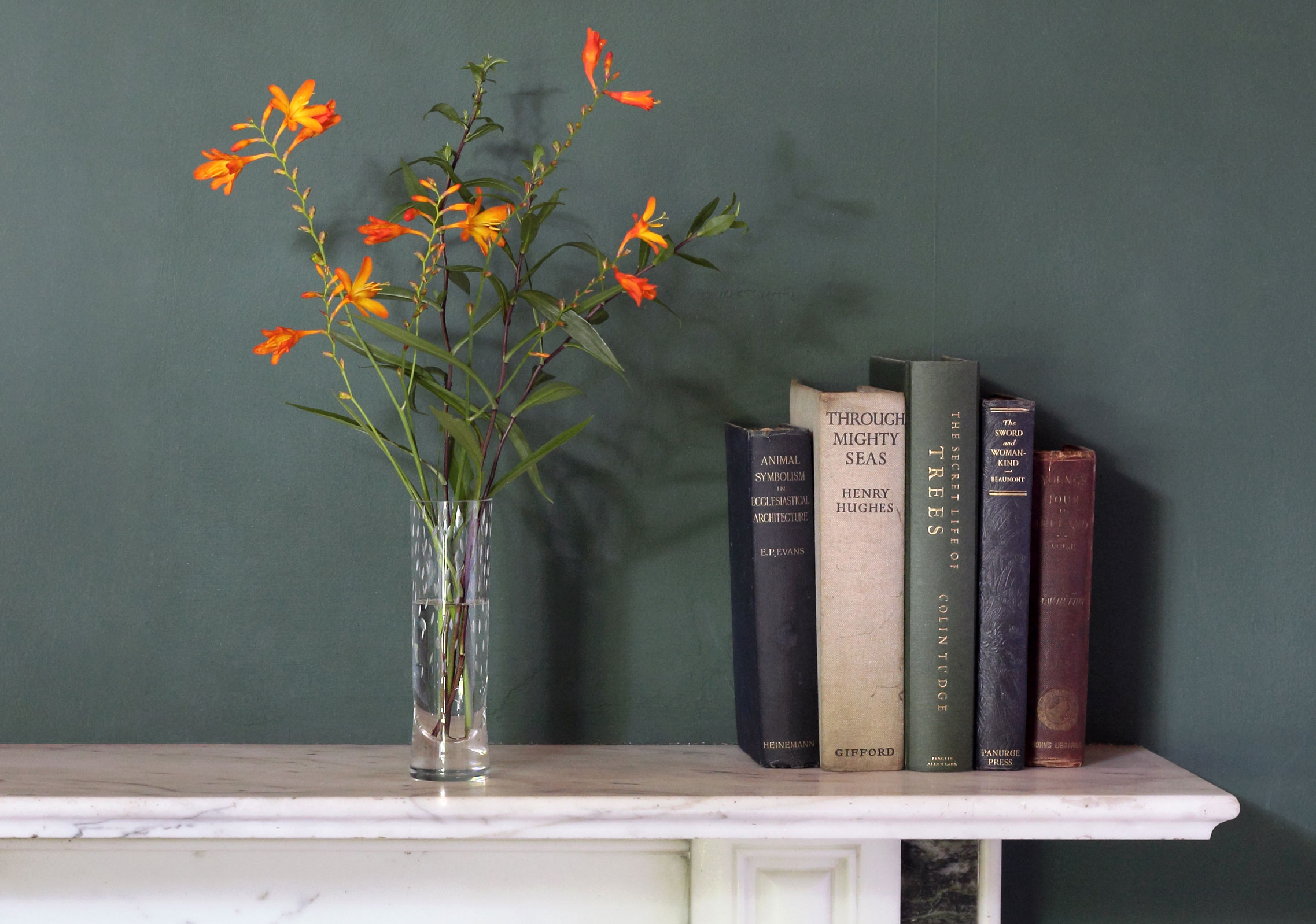
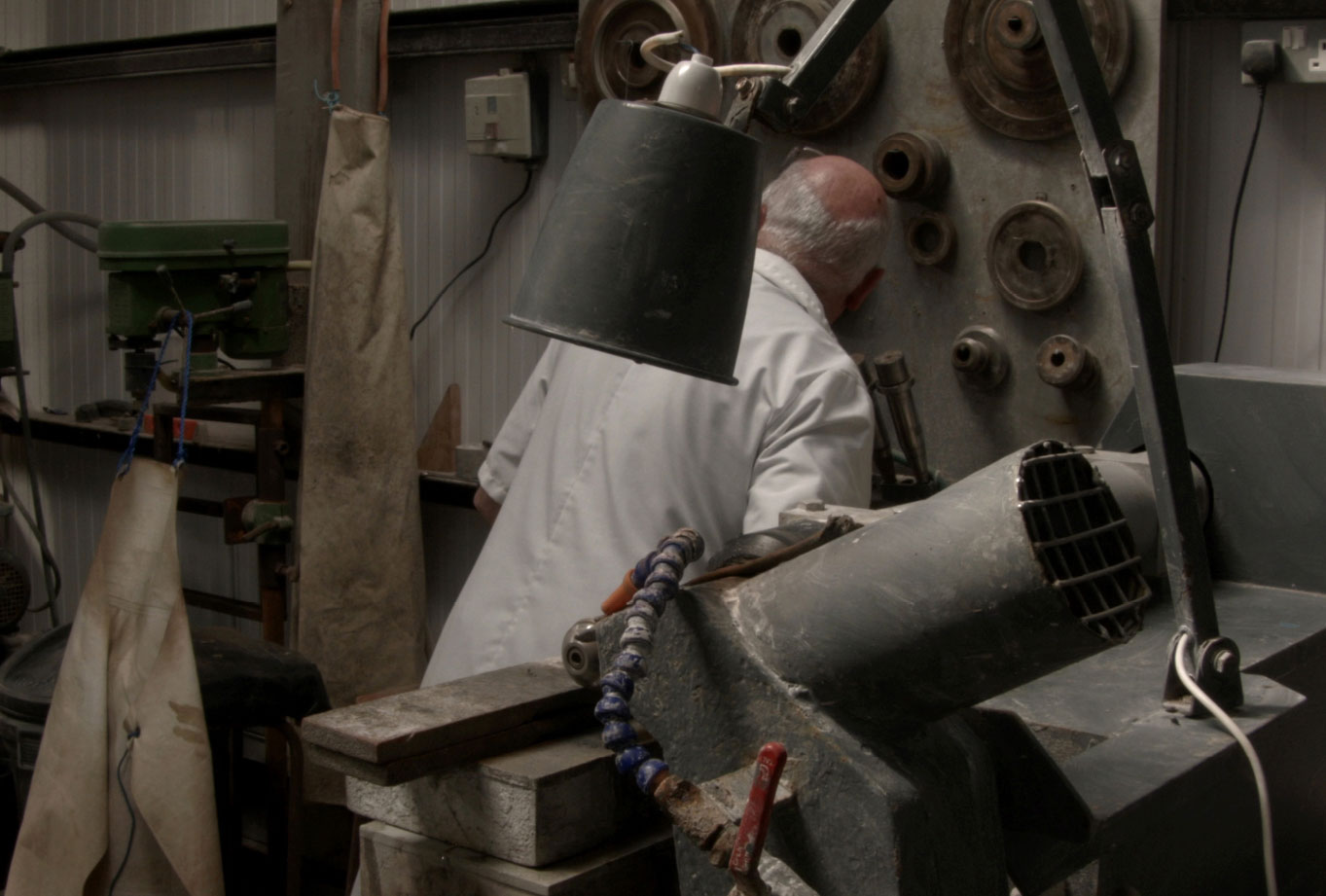
-
Patterns designed by Scott Burnett
Made by J. HILL’s StandardIn Ireland we have many names for rain. The words ghost their original Irish form. They describe the force, direction and potential consequences of the rain. Most tellingly, they lay bare our diverse feelings about this too regular imposition: A soft day brings steel grey cloud which wipes out the landscape and dulls all feeling; Spitting; a mild inconvenience allowing the suffering to weave between the drops. It’s absolutely Lashing; rain bounces off the ground and unleashes a torrent of dialogue, aghast at the state of the weather.
Elements speak of nature and landscape and our interpretation of them says a lot about us. Rain can be symbolic of melancholy, passion, wistfullness, creativity. It lends the Irish land its verdant greenness and its water and fire colour palette.
J.HILL’s Standard produces hand made contemporary crystal in Waterford, Ireland, cut with precision by craftsmen who use age-old knowledge and skill.
The physical nature of rain is especially satisfying to interpret in cuts on crystal. J. HILL’s Standard have used a series of different cutting techniques to achieve the effect of imagery created for them by Graphic Designer Scott Burnett.
-
4
Brandub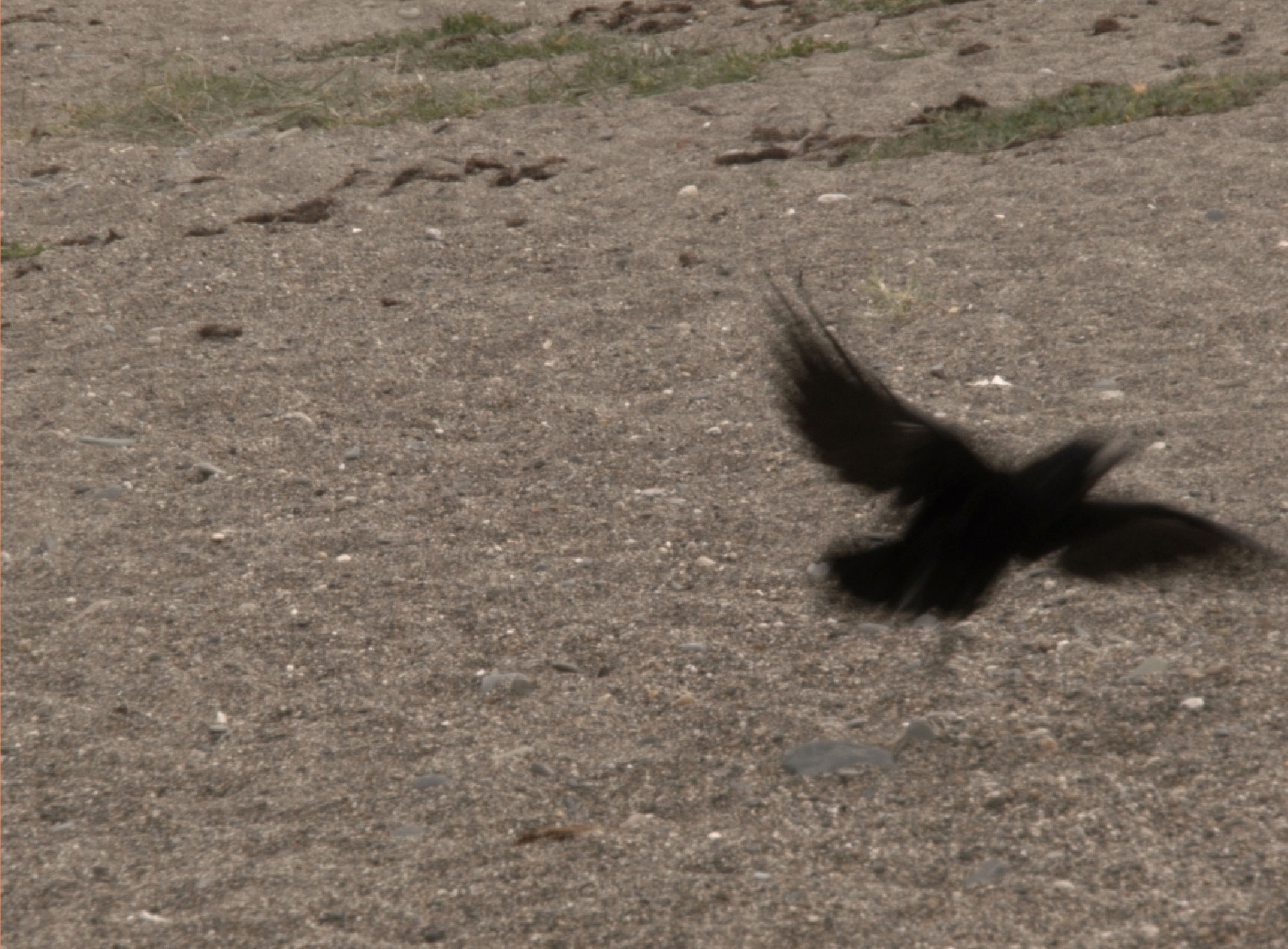
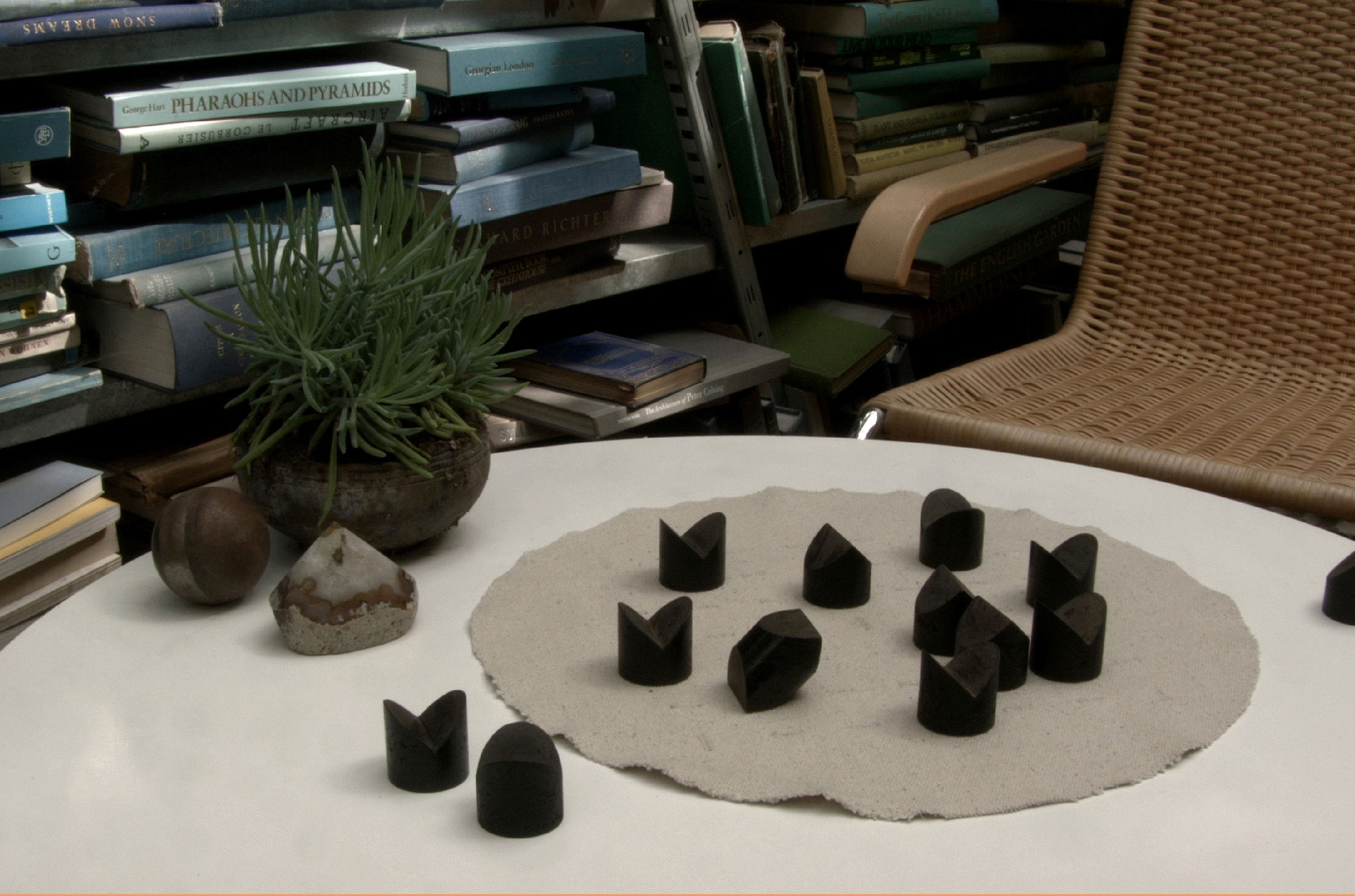
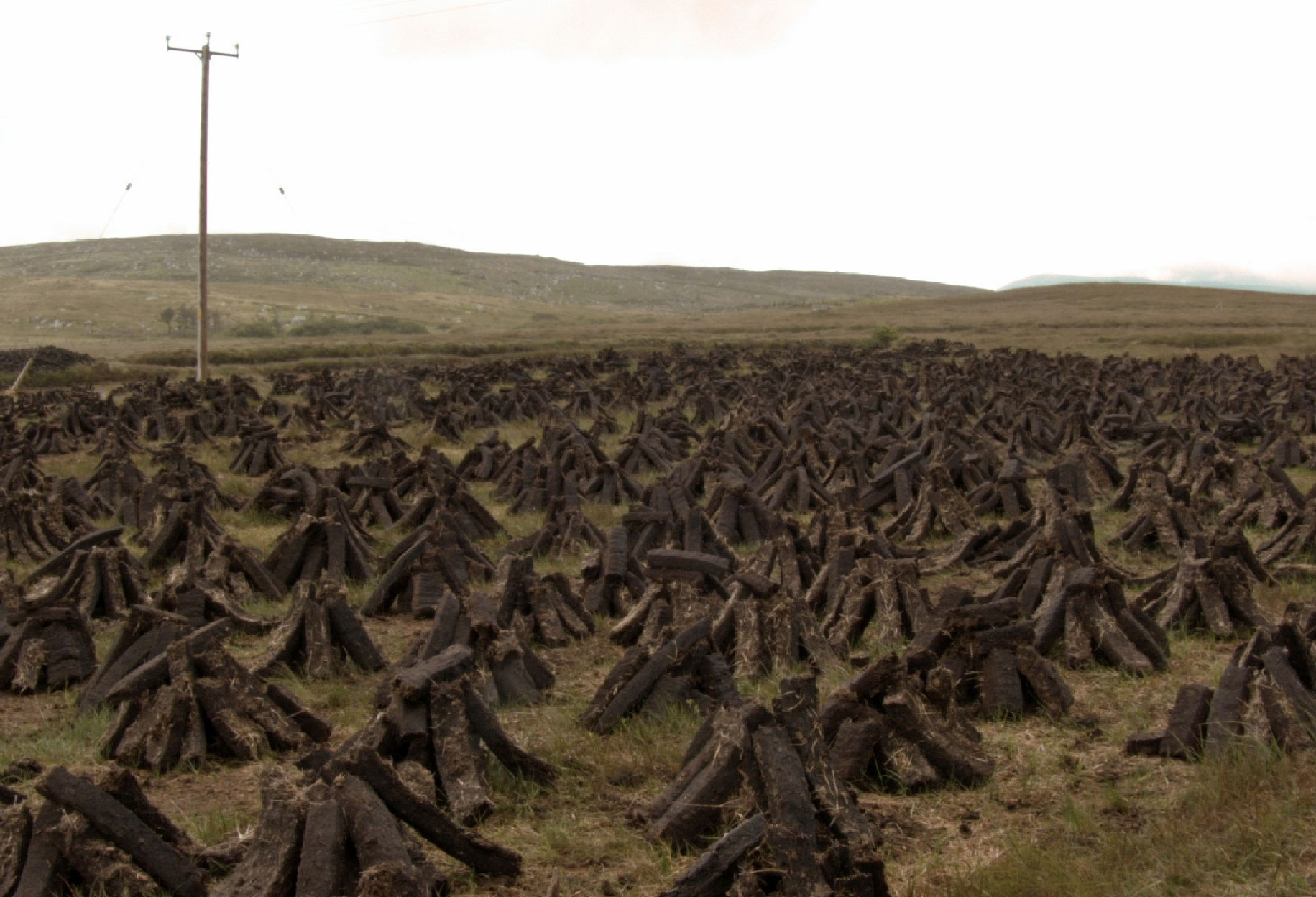
-
Designed by dePaor
Board design collaboration by Sphere One | Lucy DownesAn brandub is the boardgame mentioned since the sixth century in Irish texts. The old game of ground is presented here as a section of peat, compressed and cut into thirteen figures, played on a punctured wool felt mat. An brandub, the raven, is perched at the centre of the board, outnumbered and surrounded, and plays for stalemate – an island game.
“The centre of the plain of Fal is Tara’s castle, delightful hill; out in the exact centre of the plain, like a mark on a brandub board. Advance thither, it will be a profitable step: leap up on that square, which is fitting for the branán, the board is fittingly thine.”
– Attributed to Maoil Eoin Mac Raith
-
5
Stone Wall Patterns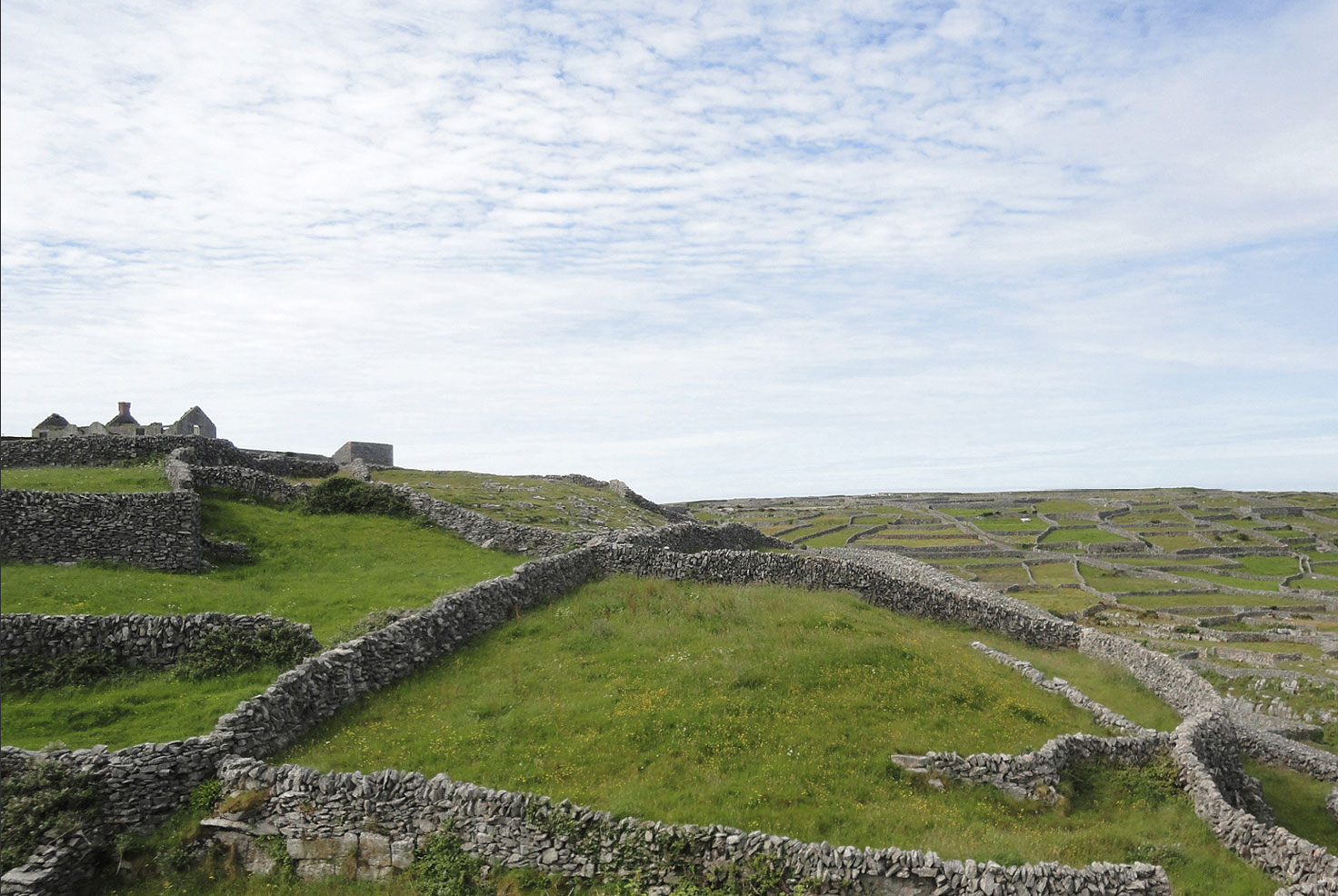
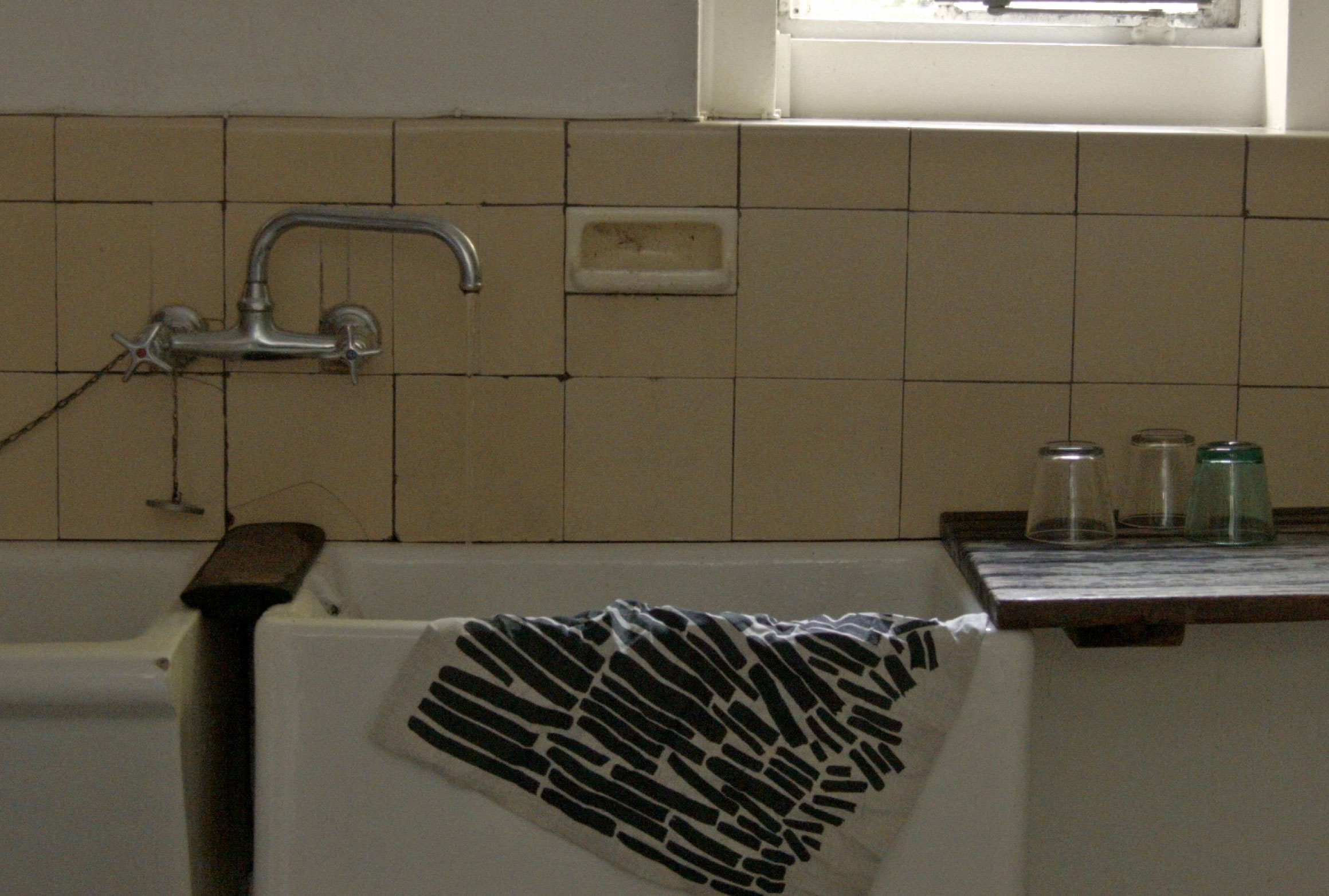
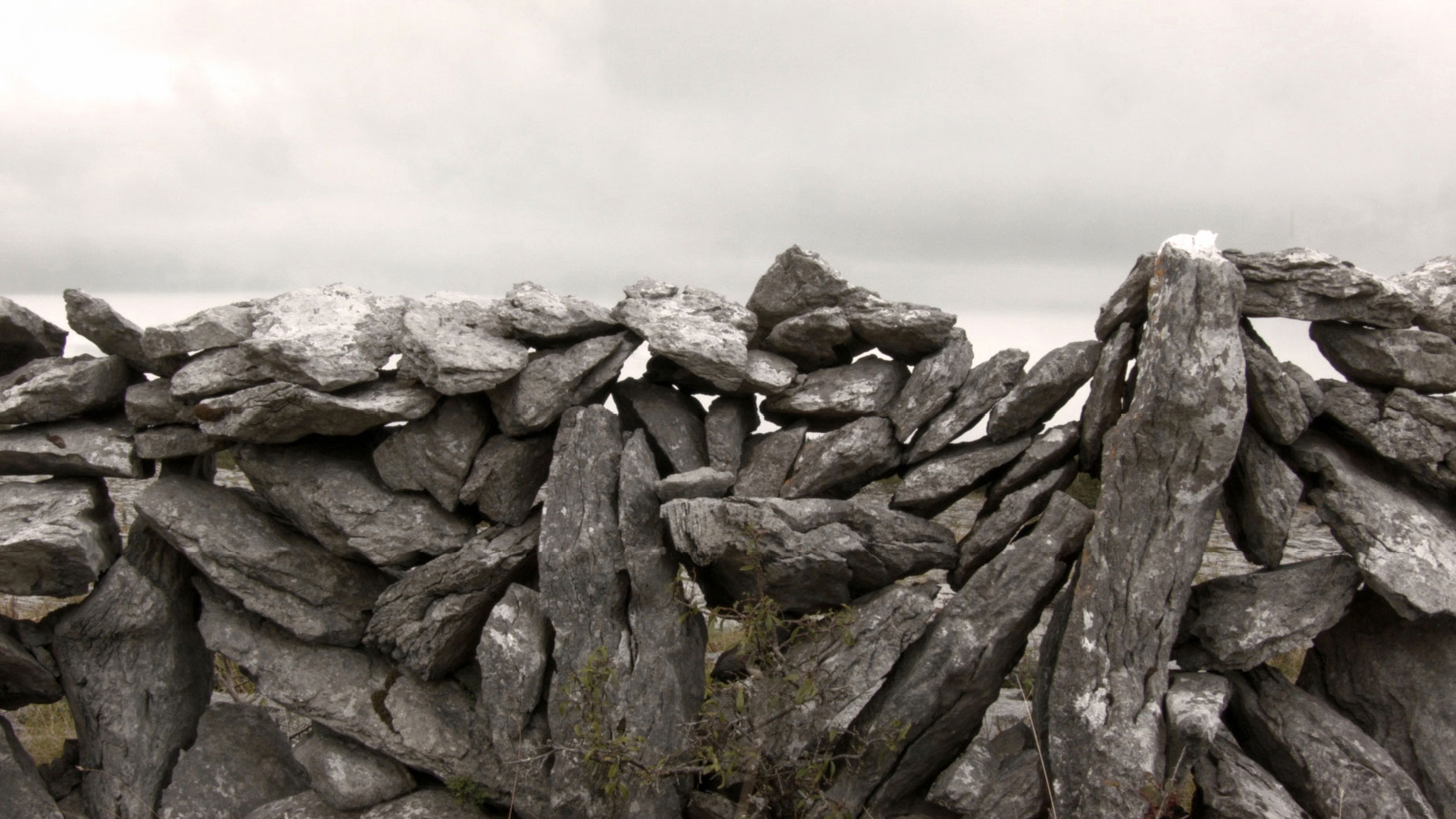
-
Designed and made by Superfolk
Print assistance by Print BlockStone Wall Patterns is a collection of prints inspired by the dry stone walls of Ireland. Seemingly haphazard yet structurally sound, the dry stone wall holds its form without mortar. The expressive character of the wall describes the underlying geology of the area. Distinctive patterns emerge as you journey through the countryside.
This collection of patterns (Aran, Burren and Connemara) has been developed by hand, through loose ink brush drawing and relief block print meth ods before screen-printing on natural Irish linen.
-
6
Lumper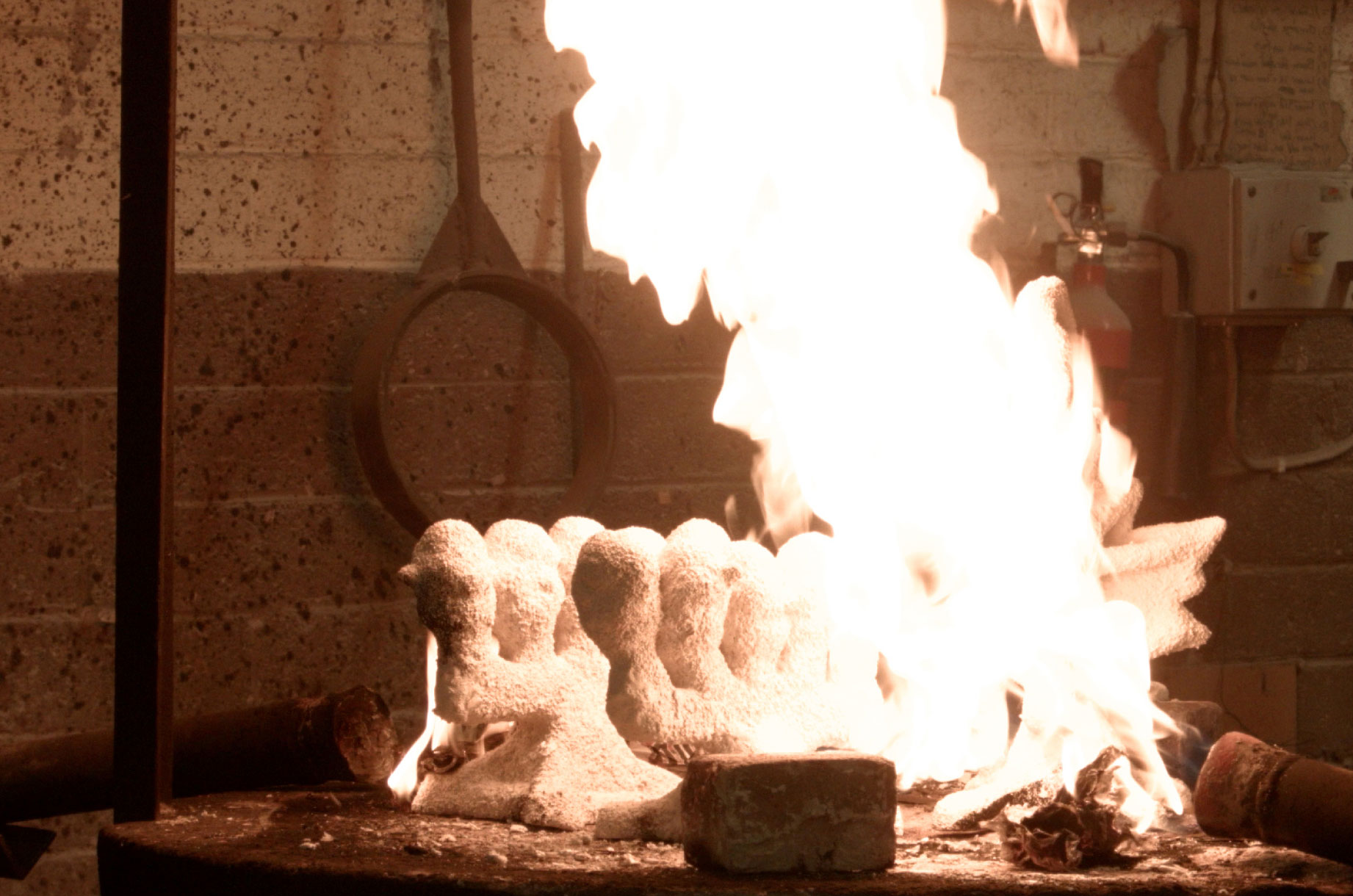
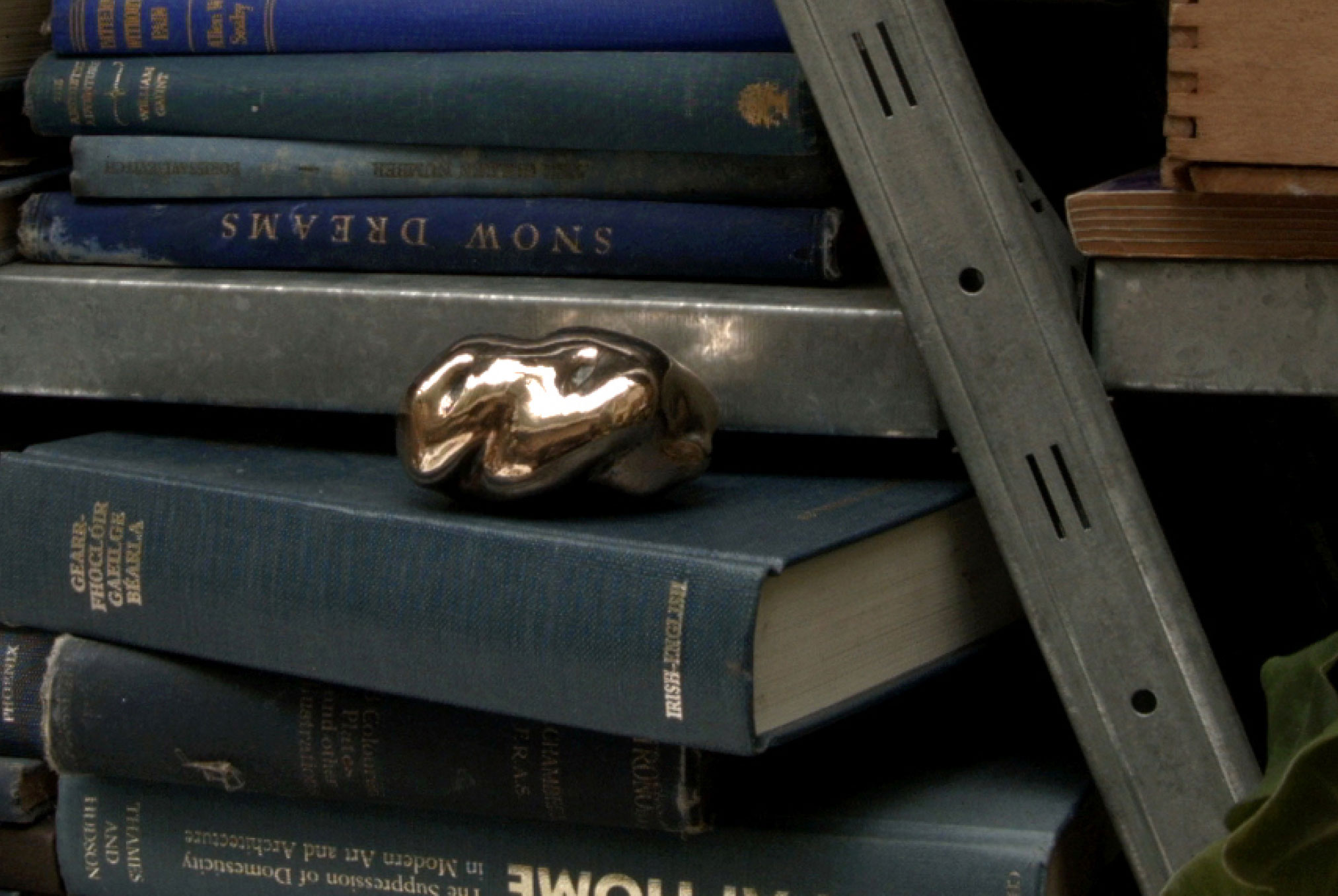
-
Designed by Makers & Brothers Made by Bronze Art Foundry
The hidden and humble root vegetable introduced to Europe in the 16th Century that has since become uniquely associated with Ireland. The hardy tuber has a deep and emotive narrative. The Lumper, once the most prevalent food source in Ireland, is now grown on only one farm.
An oddity in bronze, Lumper is a memento with a wonderfully curious form and is presented with an essay by celebrated Irish chef Darina Allen.
-
7
ibi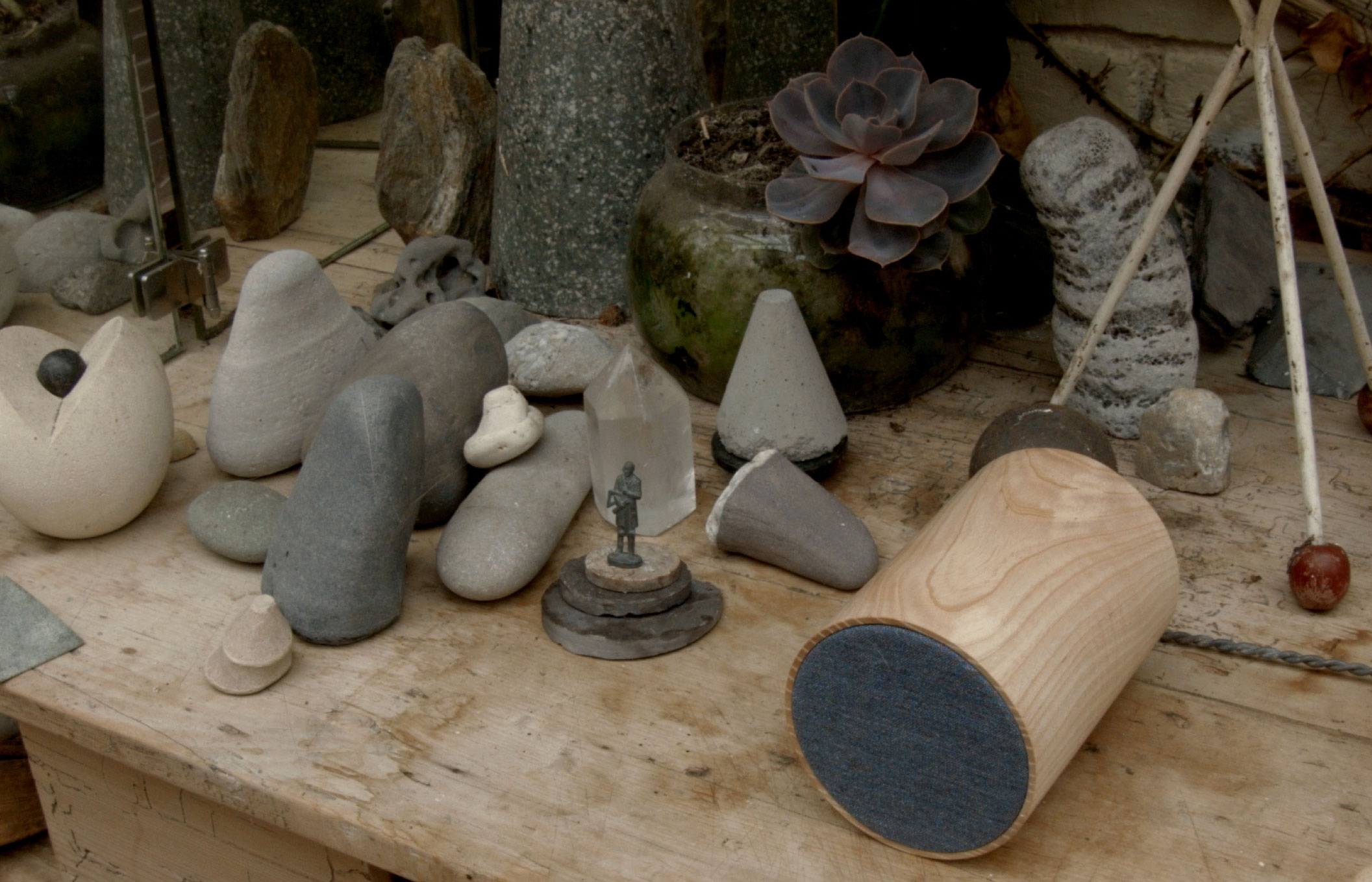
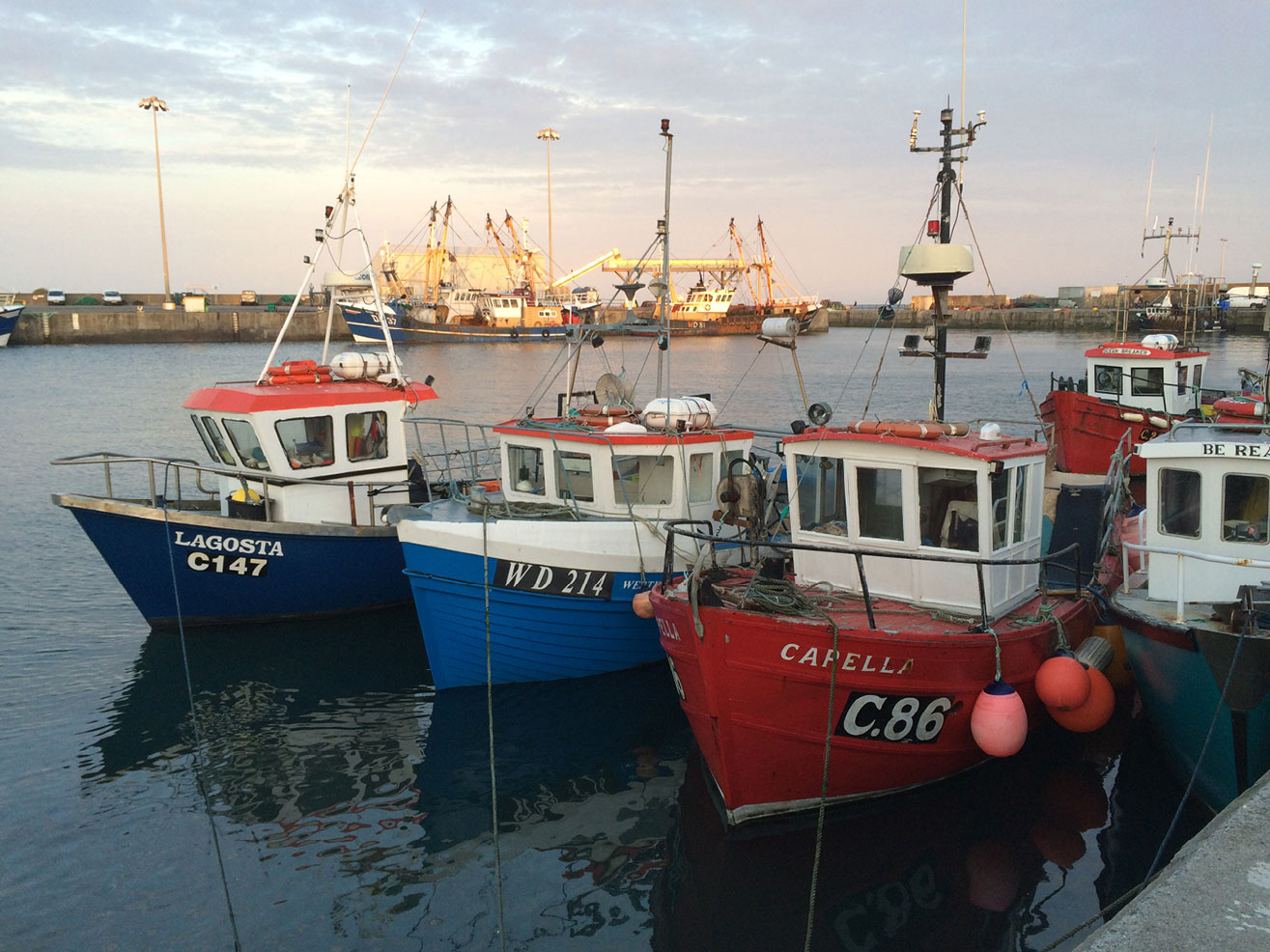
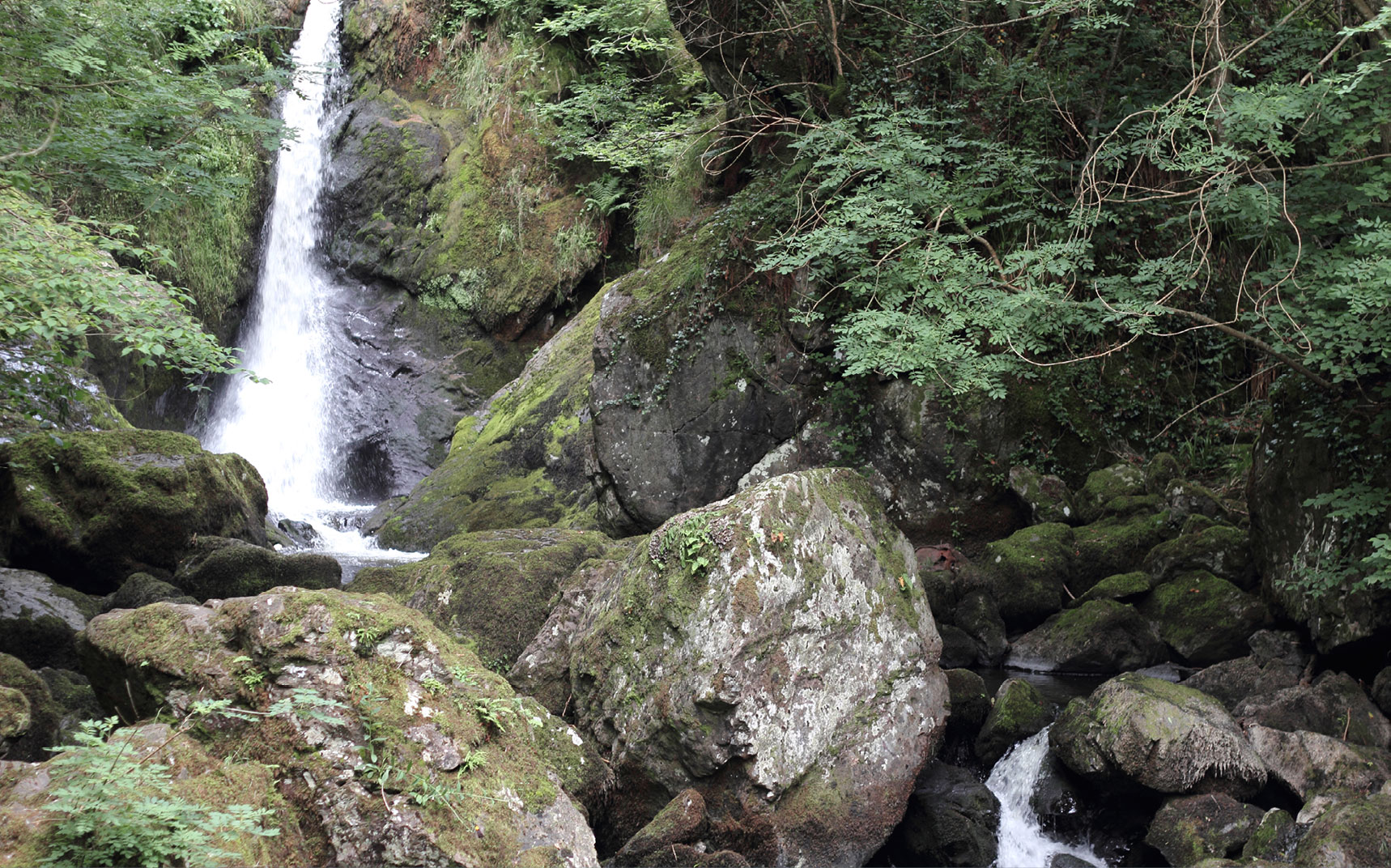
-
Designed and produced by Cathal Loughnane & Peter Sheehanz
ibi is a precious and personal object – a souvenir – that allows an individual, through a simple gesture, to be immediately transported back to a time, a place and a feeling.
Special memories are collected during a lifetime, forming an intimate record of how we experience the world. Objects, images and sounds trigger them. Small things that are completely meaningless to others have a heightened resonance for the individual.
Crafted from native Irish hardwoods and Wexford linen, each ibi contains a personal memory. Rotate gently and listen.
-
8
Measc Muddle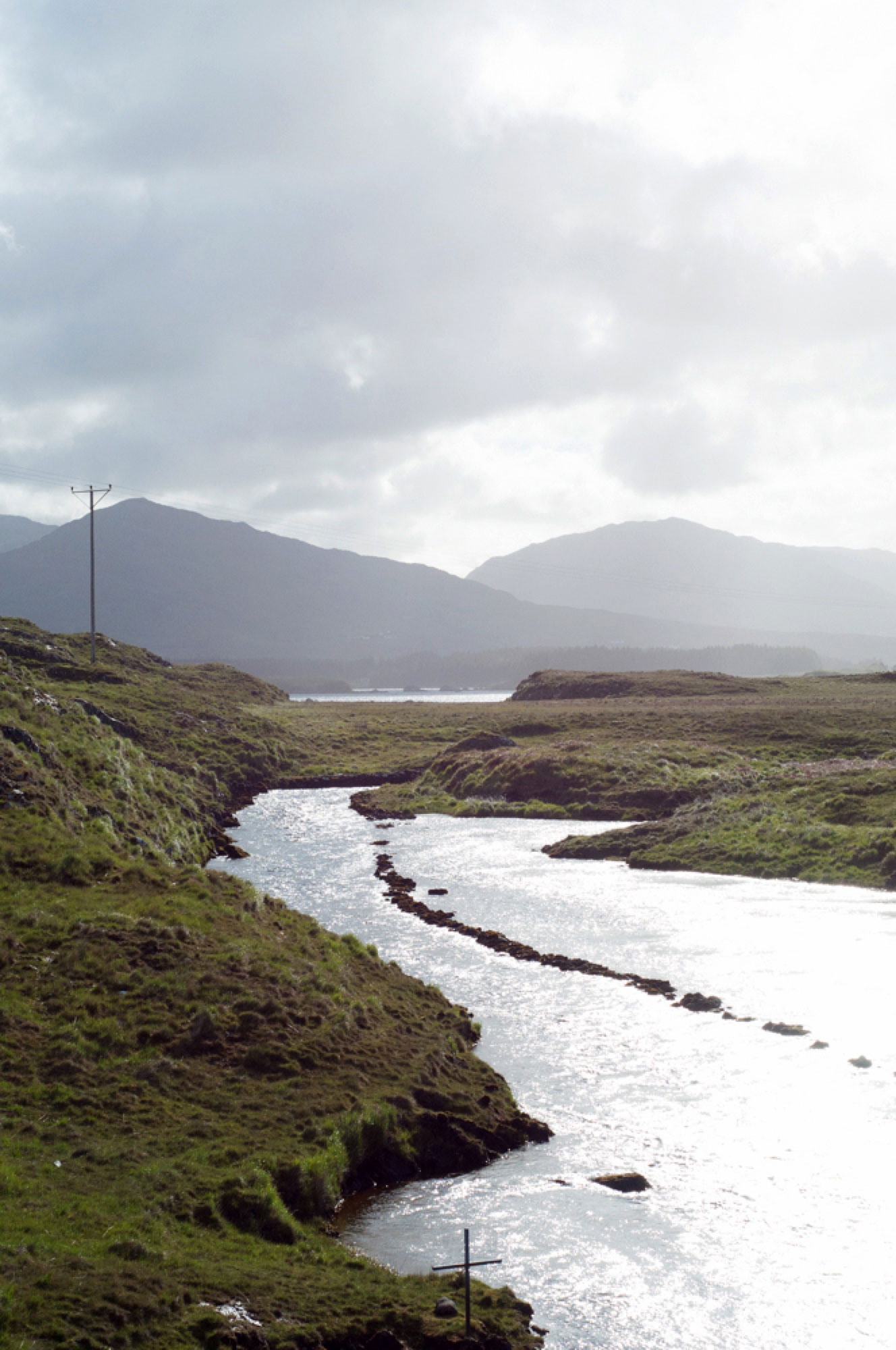
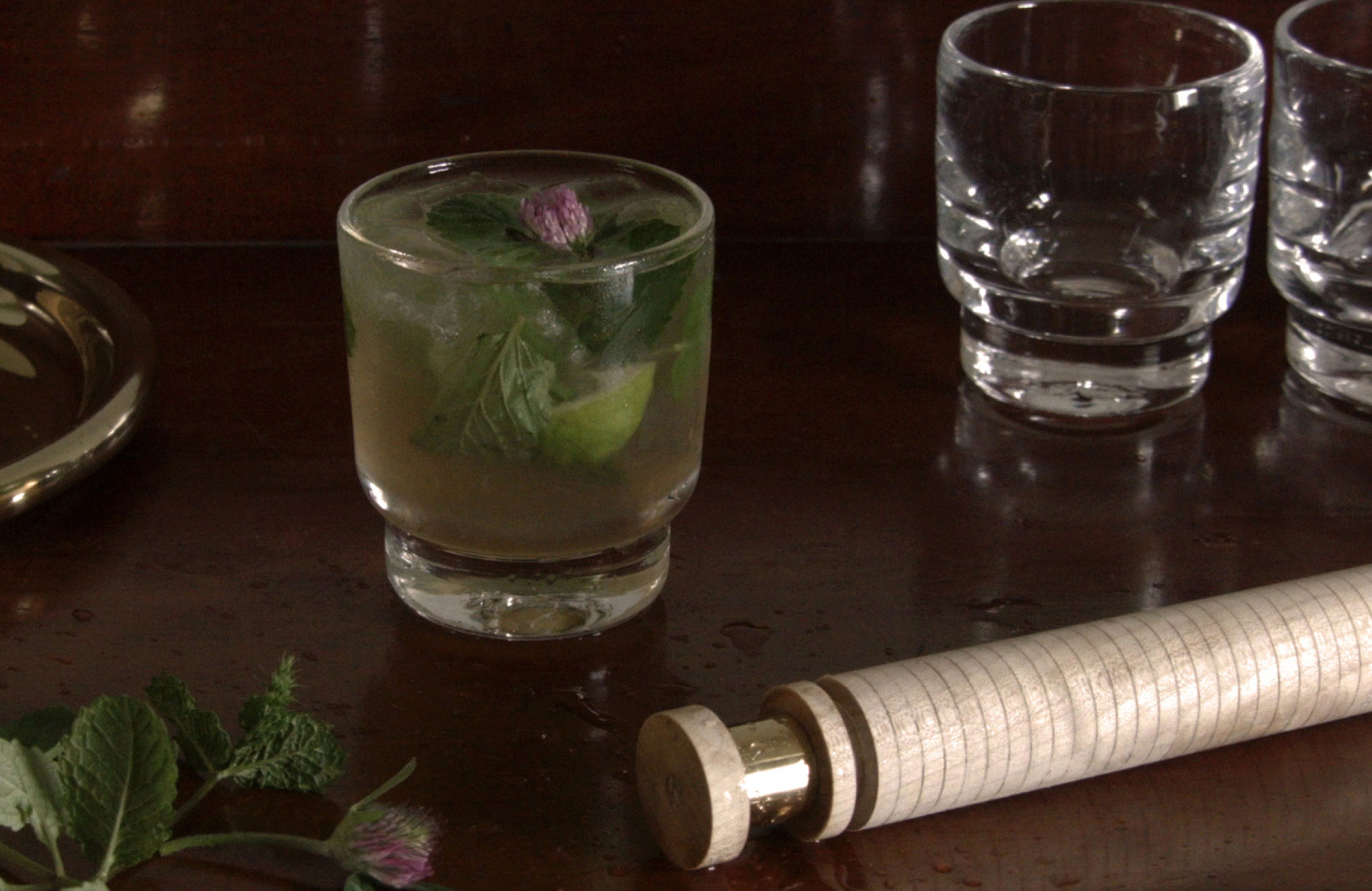
-
Designed by WorkGroup
Made by Shane Holland
Cocktail by American Village Apothecary
Direction by Makers & BrothersMeasc Muddle is an Irish sycamore and brushed brass cocktail muddle, inspired by the layered landscape of west Galway. The muddle is the result of a collaboration between design studio WorkGroup, Shane Holland and America Village Apothecary. It has been designed to work beautifully for any drink where ingredients need to be crushed, pounded or ground in the glass.
Measc Muddle is a specially created tool, designed so that the markings on the shaft can be used to make an Irish red clover, bog myrtle and Irish whiskey cocktail: the Móin Bhuí.
-
9
The Sally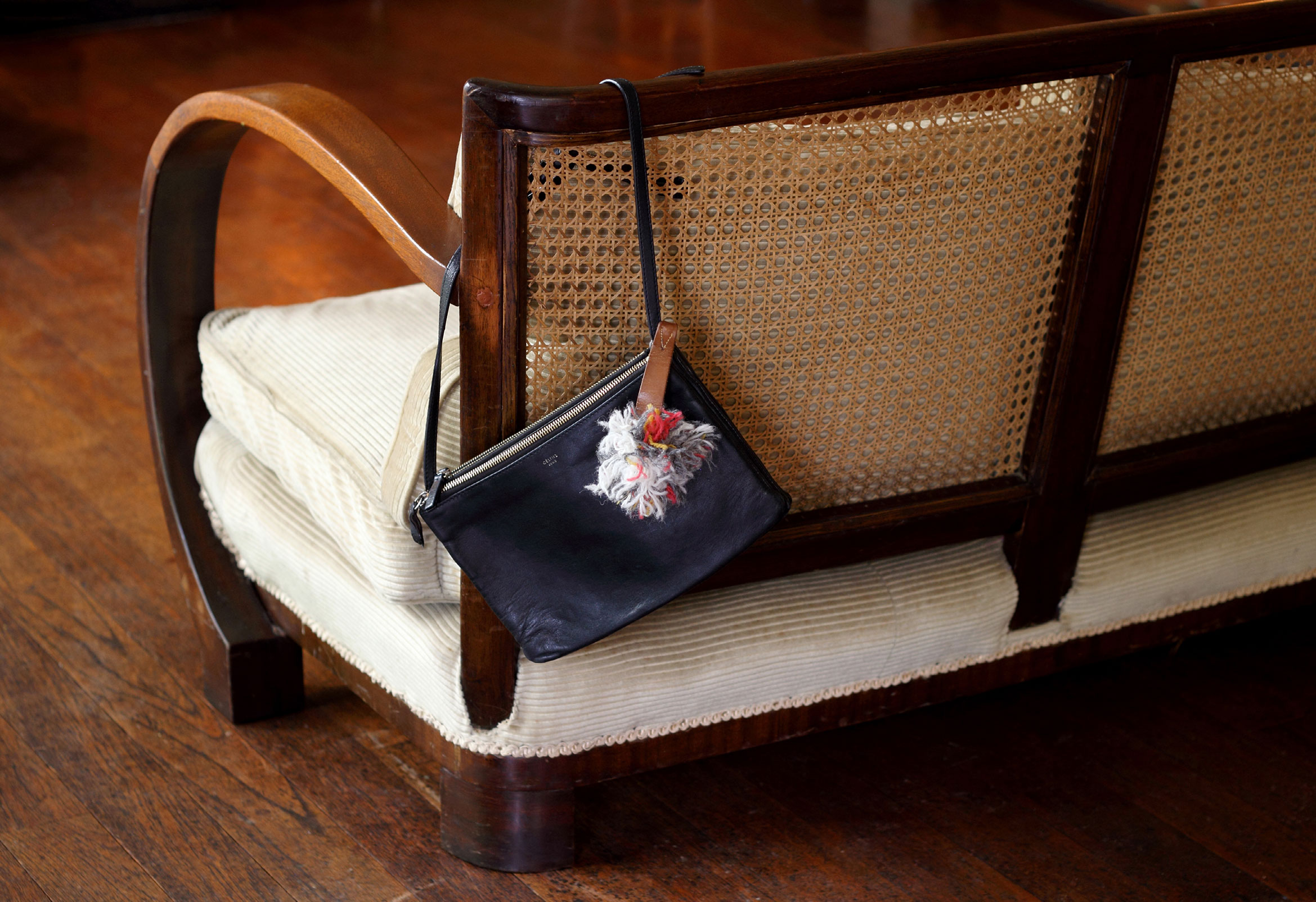
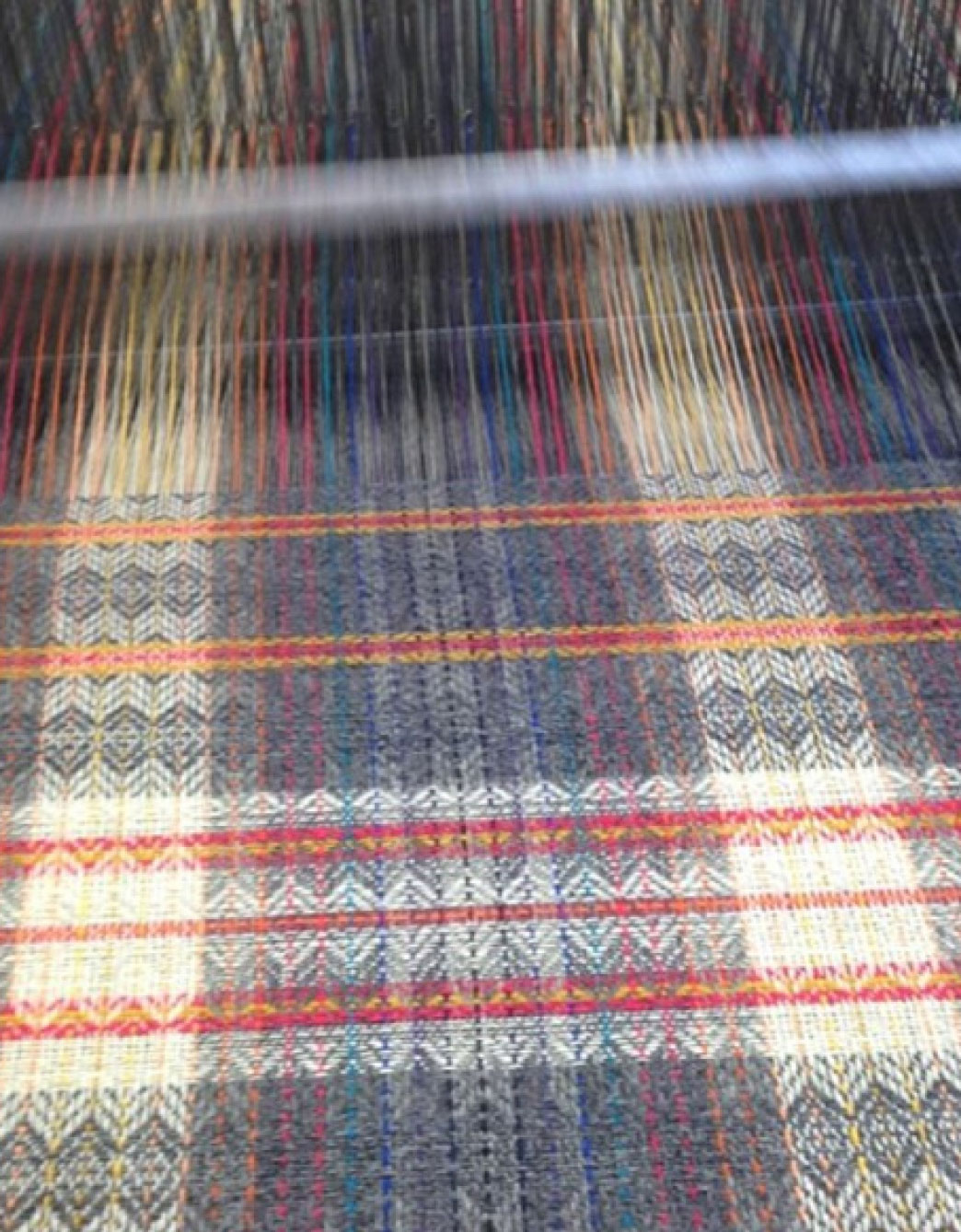
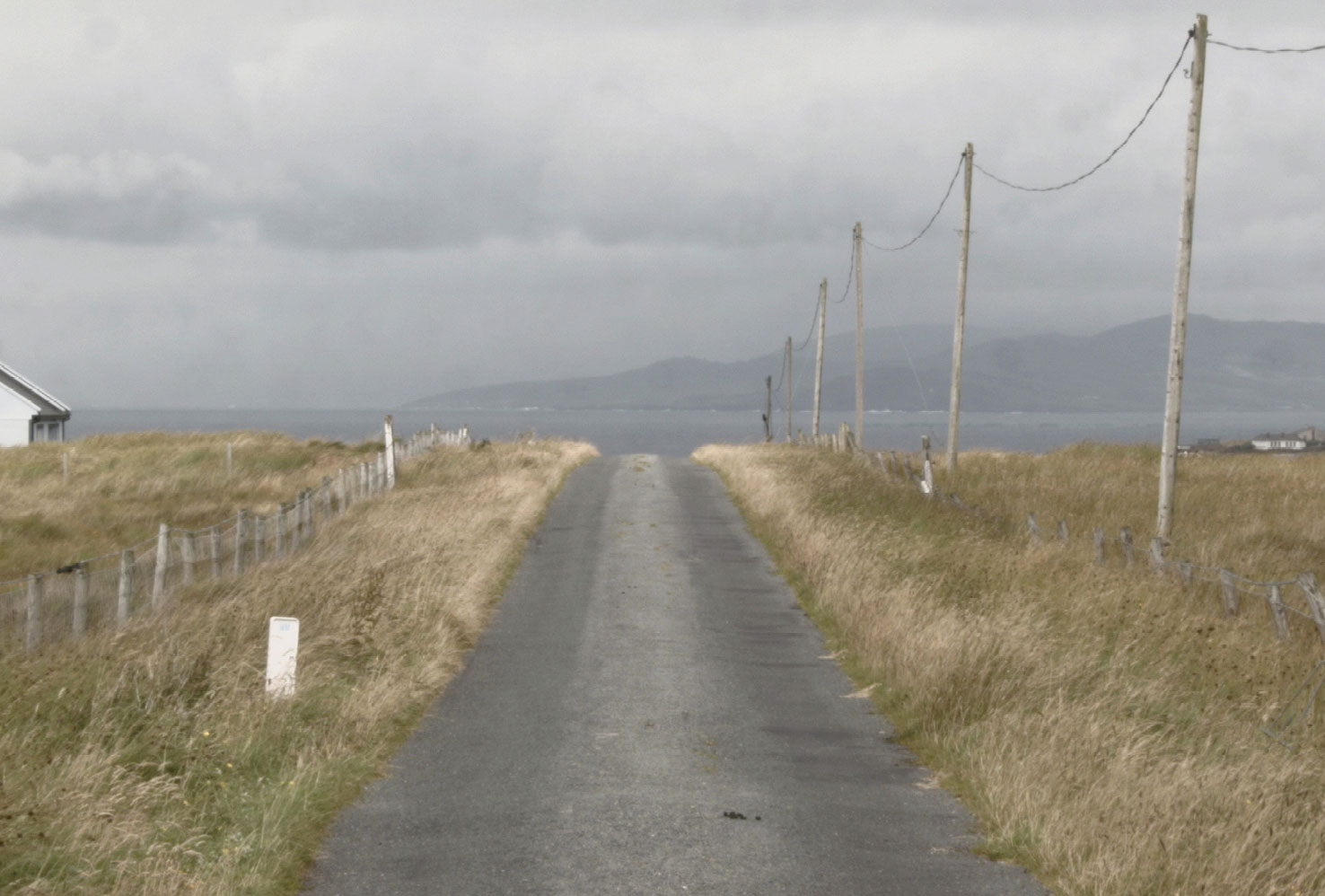
-
Designed and made by The Tweed Project
Packaging by Post StudioA wool pom pom ring with a refined heritage style.The Sally is a modern accessory inspired by The Tweed Project’s friend who wears and makes endless pom poms.
The Sally is made from 100% Irish wool and created from the offcuts of The Tweed Project’s Blanket Coats produced in collaboration with Molloy & Sons in Donegal. It continues The Tweed Project’s dialogue with the slow fashion movement, where time and craft take priority.
-
-
Laura Houseley
Souvenirs: Memory Rebooted
Sentiment, authenticity
and identity in contemporary
object culture -
-
Exhibition
-
The Souvenir Project was Launched
at The London Design FestivalThe Souvenir Project will continue at Dutch Design Week Eindhoven
17 - 25 October 2015
Opening hours: 11:00 - 18:00Klokgebouw
Klokgebouw 50
5617AB Eindhoven
Map No. 19
Strijp Area
-
Shop
-
Credits
-
Commissioned by Irish Design 2015
and The Design & Crafts Council of IrelandCuration by Jonathan Legge
Creative Direction and Exhibition Design by Jonathan Legge and Makers & Brothers
Project Production by Makers & Brothers
Exhibition Fabrication by Michael Carroll
Graphic Design by Commission
Website by Archive
Essays by Laura Houseley and Alex Milton
Video by Andrew Nuding and Makers & Brothers
Photography by Andrew Nuding and Makers & Brothers
Contributing imagery by Superfolk, Cliodhna Prendergast and The Tweed Project
As ever there are many whom without their help this project would not have come to life. A very big thank you to; Alex Milton, Brian McGee, Susan Brindley, Una McMahon, Alex Calder, Anastasia Dack, Mark Legge, Susannah Hill, Bríd Maher, Jessie Smith, Meghan Elward-Duffy, Torlac O’Byrne, Jo Anne Butler and Claire Davey.
